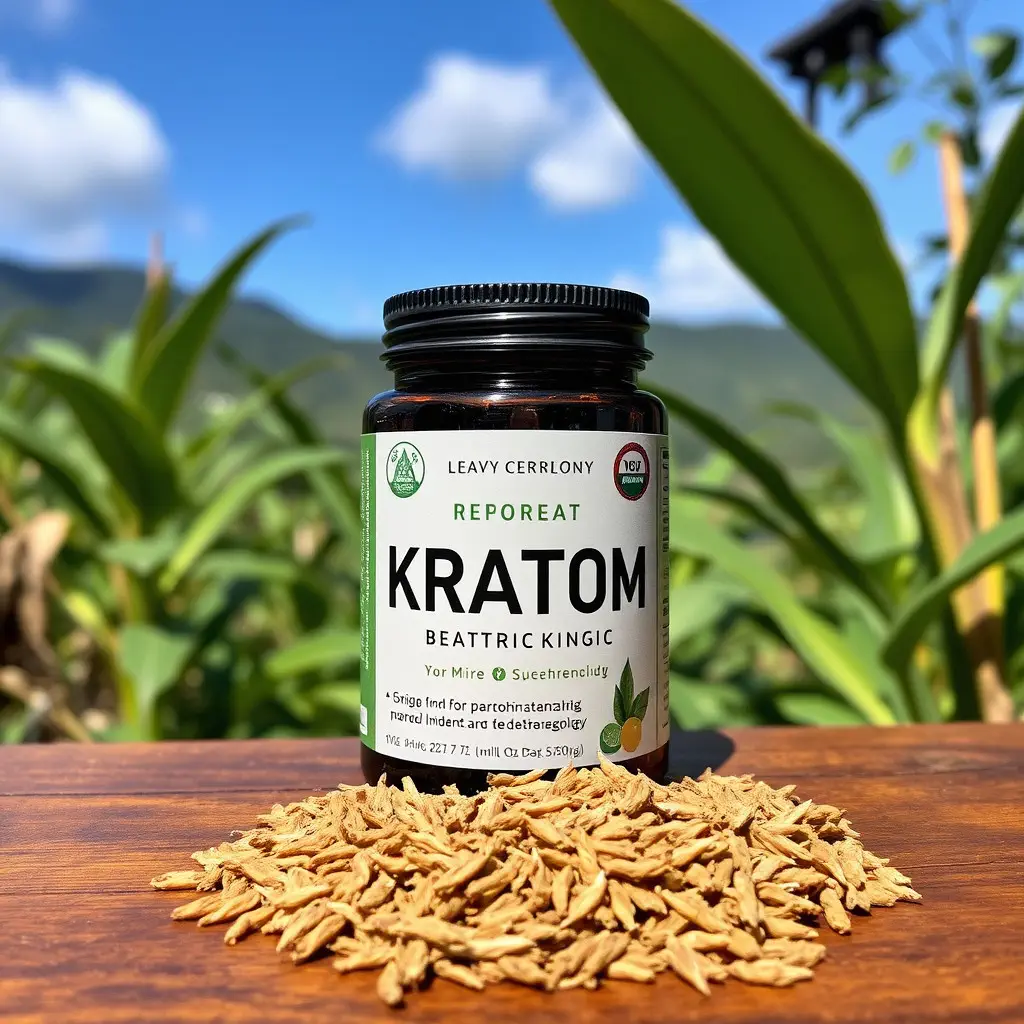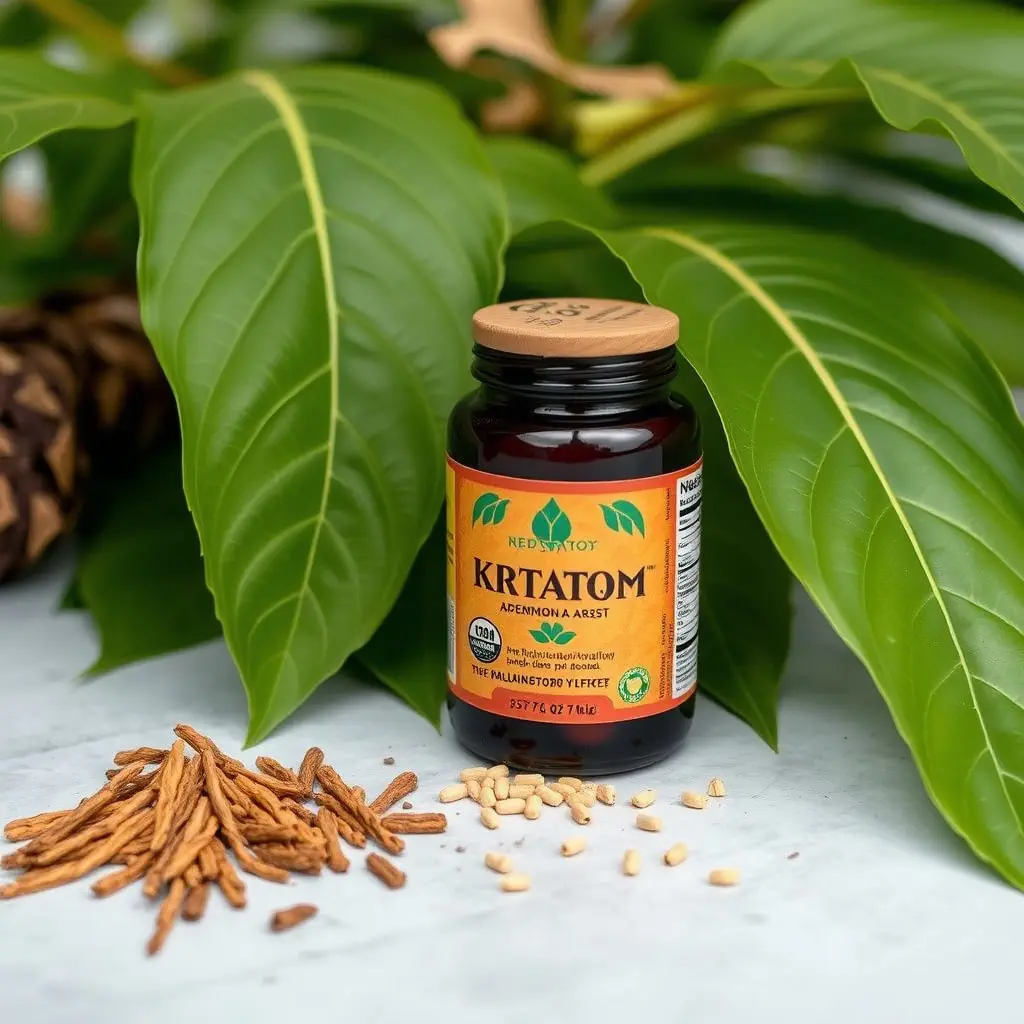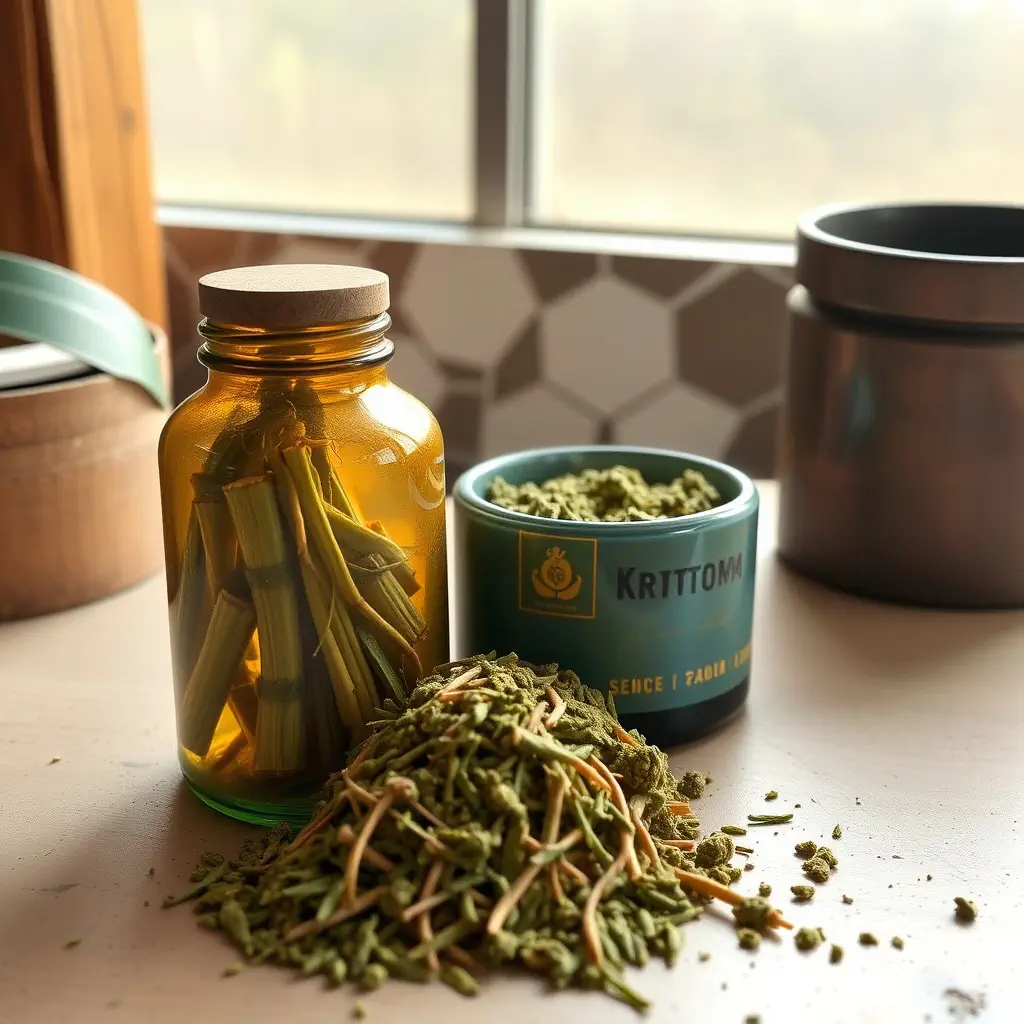Kratom, derived from Southeast Asian Mitragyna speciosa trees, has garnered attention within natural health communities for its potential to alleviate symptoms of arthritis. The compounds mitragynine and 7-hydroxymitragynine in kratom leaves are believed to possess anti-inflammatory properties that may help inhibit pro-inflammatory cytokines, a significant factor in conditions like osteoarthritis and rheumatoid arthritis. Users often report that kratom effectively manages the pain and stiffness associated with arthritis, potentially leading to improved daily functionality and well-being. Its analgesic effects are attributed to its interaction with opioid receptors, offering relief from persistent arthritis pain, which could enhance mobility and reduce discomfort. However, due to its complex interactions with other medications and varying legal statuses, it is imperative to consult healthcare professionals before using kratom as an alternative or complementary treatment for arthritis. The substance remains a subject of ongoing scientific investigation, and its use should be cautious and medically supervised. Studies are exploring kratom's benefits for joint health, suggesting its anti-inflammatory properties could preserve joint flexibility and mobility, crucial for maintaining an active lifestyle. As research progresses, kratom continues to emerge as a promising natural alternative for managing arthritis symptoms, offering hope for those seeking effective relief without traditional pharmaceuticals.
exploration of Kratom’s role in arthritis management, this article unveils the potential of this natural compound to enhance overall well-being and resilience. By examining its anti-inflammatory properties and integrating it within a holistic health strategy, individuals with arthritis may find relief and support for their joint health. Join us as we delve into ‘Kratom for Arthritis Relief’ and elucidate the science behind its effects, culminating in practical advice for incorporating Kratom into a comprehensive treatment plan.
- Unlocking the Potential of Kratom for Arthritis Relief: An Overview of its Anti-Inflammatory Benefits
- The Science Behind Kratom: How This Natural Compound Can Alleviate Arthritis Symptoms and Support Joint Health
- Integrating Kratom into a Holistic Approach for Arthritis Management and Overall Well-Being
Unlocking the Potential of Kratom for Arthritis Relief: An Overview of its Anti-Inflammatory Benefits

Kratom, a plant native to Southeast Asia, has garnered attention in various natural health circles for its potential therapeutic properties, particularly in alleviating arthritis symptoms. The active compounds found within kratom leaves, known as alkaloids such as mitragynine and 7-hydroxymitragynine, are believed to exhibit anti-inflammatory effects that can be beneficial for individuals with arthritis. Studies suggest that these alkaloids may inhibit the production of pro-inflammatory cytokines, which play a significant role in the chronic inflammation characteristic of arthritic conditions like osteoarthritis and rheumatoid arthritis. Users report that kratom can help manage joint pain and stiffness, thereby enhancing their daily functionality and overall well-being. Additionally, the analgesic qualities of kratom may offer relief from the persistent aches associated with arthritis, allowing for improved mobility and reduced discomfort. As an alternative or complementary approach to traditional treatments, kratom for arthritis relief is being explored by those seeking natural remedies to mitigate the impact of arthritis on their lives. It’s important, however, to consult healthcare professionals before incorporating kratom into any treatment plan, given its potential interactions with other medications and its regulatory status in different regions.
The Science Behind Kratom: How This Natural Compound Can Alleviate Arthritis Symptoms and Support Joint Health

Studies have indicated that kratom, a natural compound derived from the leaves of Mitragyna speciosa, may offer significant benefits for individuals suffering from arthritis. The active constituents found in kratom, primarily mitraphylline and 7-hydroxymitragynine, are thought to interact with opioid receptors in the brain, providing analgesic effects that can alleviate the pain associated with arthritis. These compounds also possess anti-inflammatory properties, which can help reduce the inflammation characteristic of arthritic conditions. By targeting both the pain and the underlying inflammation, kratom for arthritis relief can contribute to a notable improvement in the quality of life for those managing this chronic condition.
Furthermore, the potential of kratom extends beyond mere pain management. Its impact on joint health is an area of growing interest. The anti-inflammatory properties of kratom may also support the health of joints by mitigating the processes that lead to degeneration and discomfort. Regular intake of kratom for arthritis relief might aid in maintaining joint flexibility and mobility, which are essential for daily activities and overall well-being. As research continues to evolve, the role of kratom in promoting resilience and supporting joint health becomes increasingly evident, offering a promising natural alternative for those seeking relief from arthritis symptoms.
Integrating Kratom into a Holistic Approach for Arthritis Management and Overall Well-Being
Kratom, a plant from Southeast Asia with leaves that contain compounds which can have various effects on the body, has garnered attention for its potential role in managing arthritis symptoms. For individuals seeking natural alternatives to alleviate joint pain and inflammation associated with arthritis, kratom may offer relief. Its active components, such as mitragynine and 7-hydroxymitragynine, are believed to interact with the body’s opioid receptors, providing analgesic properties that can help soothe chronic pain. When integrated into a holistic approach for arthritis management, kratom strains like Maeng Da and Bali can be particularly effective in managing discomfort. This integrative strategy not only targets physical symptoms but also considers the individual’s lifestyle, dietary habits, and mental health, promoting a comprehensive wellness plan that encompasses both the physical and psychological aspects of arthritis.
Furthermore, incorporating kratom into a holistic well-being regimen extends beyond pain management. It is pivotal to recognize that chronic conditions like arthritis can significantly impact an individual’s quality of life, often leading to stress, anxiety, and depression. Kratom’s potential influence on mood and emotional well-being could further contribute to a person’s resilience against these mental health challenges. By fostering a balanced state of mind and body, kratom may enhance the overall effectiveness of holistic treatments, contributing to an improved sense of well-being. It is crucial for individuals to consult with healthcare professionals before incorporating kratom into their treatment plans, ensuring safe usage and proper dosing to align with their specific health needs and circumstances.
Incorporating Kratom as part of a holistic strategy can offer meaningful relief from arthritis symptoms and contribute significantly to one’s overall well-being and resilience. The anti-inflammatory properties of Kratom, when used responsibly, can be a valuable addition to an individual’s health regimen. The scientific evidence supporting its role in joint health and pain management is promising, suggesting that Kratom for arthritis relief warrants further research and consideration within the realm of alternative treatments. By integrating Kratom into a comprehensive approach that includes lifestyle modifications and other therapeutic measures, individuals may find enhanced comfort and improved quality of life.






